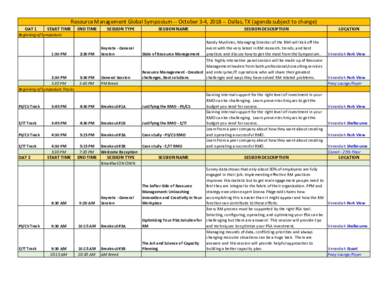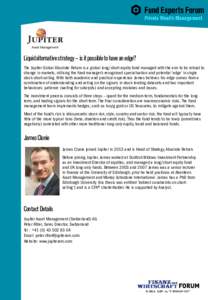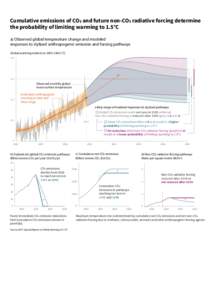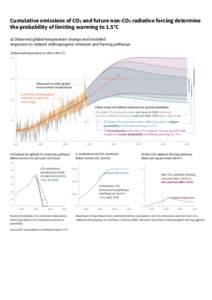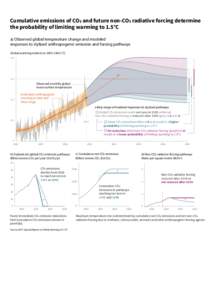<--- Back to Details
| First Page | Document Content | |
|---|---|---|
 Date: 2011-11-04 16:03:54International Human Dimensions Programme United Nations Environment Programme Province of Verbano-Cusio-Ossola Global change Earth Peace and conflict studies United Nations University Environment |
Add to Reading List |
 Happy International Day for Biological Diversity
Happy International Day for Biological Diversity